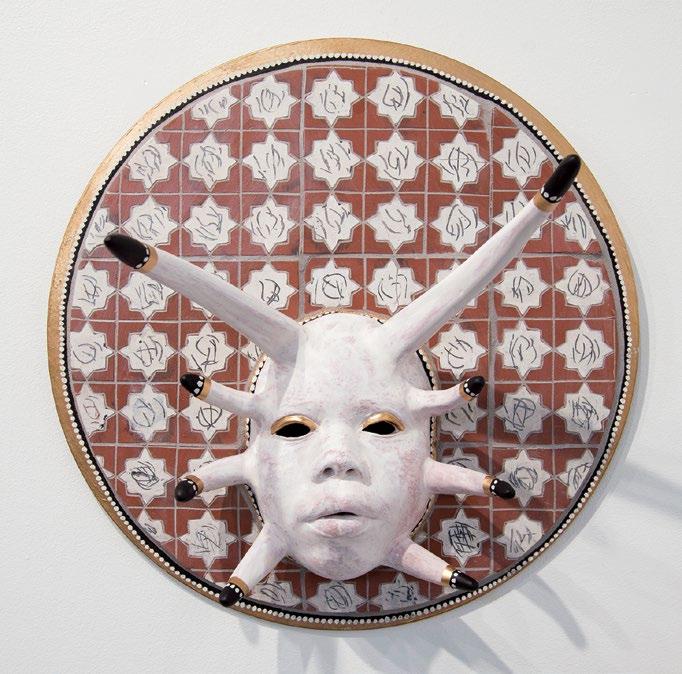A STUDIO ANYWHERE AND EVERYWHERE
Casey Whittier
Editors: What is the most challenging aspect of working in clay? Casey Whittier: Clay connects us to place, embraces archaeological potential, serves as a physical record, and proves that transformation is possible. We build with it, have created mythologies around it, and become philosophical when confronting it. It breaks, cracks, warps, and defies us. I keep working in clay because of the deep humility and lessons about patience, persistence, connection, and limits that it teaches. My practice gives me a format for asking questions that I have no other way to ask. The biggest challenge in my studio is negotiating the space between the initial vision and what it takes to bring it to fruition and share it. Artwork in the middle
of becoming is treacherous. Working as I do requires me to be steadfast through a laborious series of steps over a long period of time. There are times where my work looks like nothing, but I have to invest in it anyway. This challenge of working through the ugly stages or having faith in the unknown probably resonates with many ceramic artists. Most of what I do is simple, but taking the simple to the extreme and bringing the personal to the public is not simple. I expect my work to mirror me and help me communicate my values and viewpoints. This is my way of advocating for knowledge that comes through direct, tactile, intentional interactions in the world. My objects and installations stand as metaphors, not
1 46
www.ceramicartsnetwork.org










